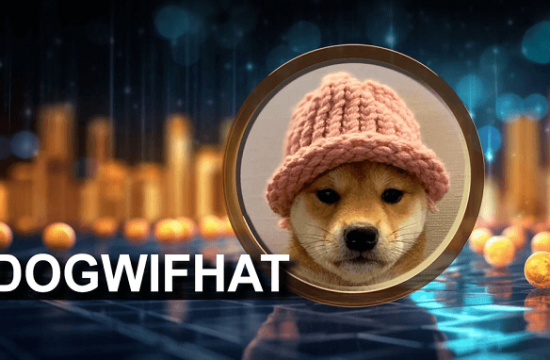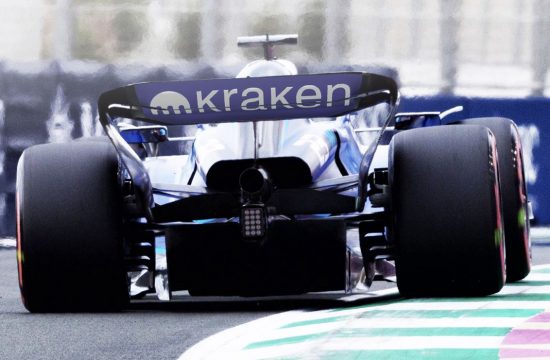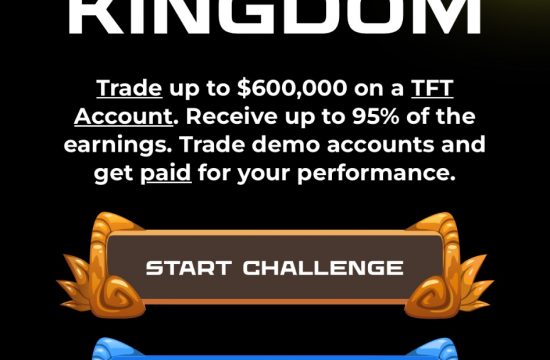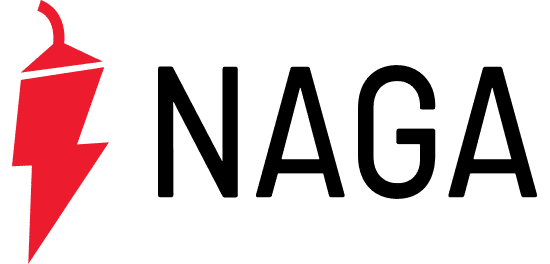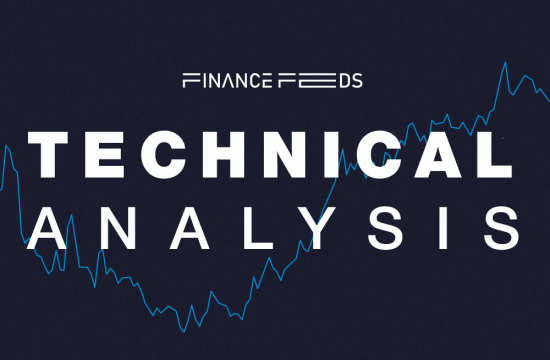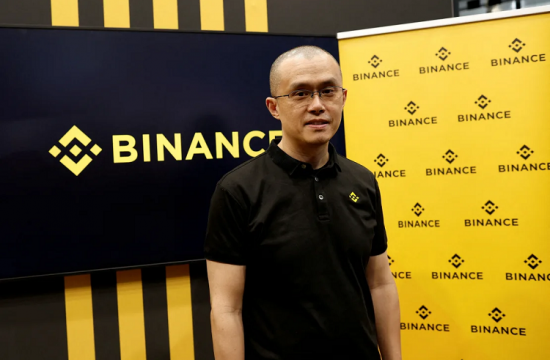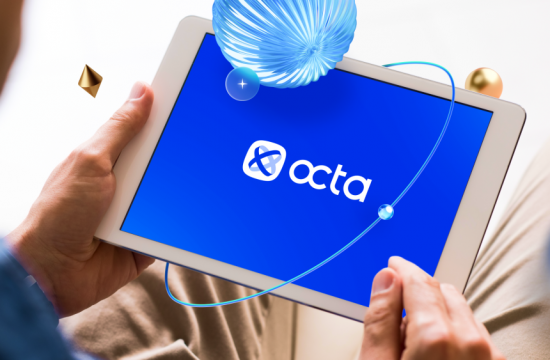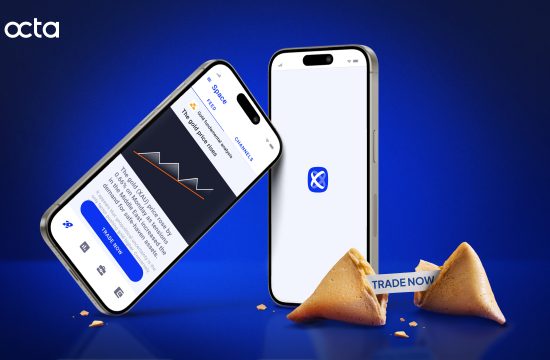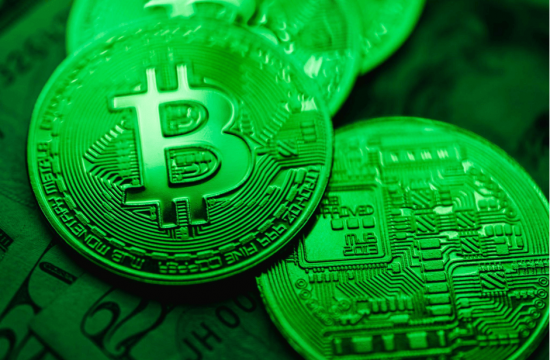Digital Asset has unveiled Daml 2.0, the newest version of the firm’s application platform, making it much easier to build and deploy best-in-class, multi-party applications. Daml 2.0 includes Canton, a privacy-enabled distributed ledger that is enhanced when deployed with complementary blockchains. Canton ensures strong privacy and compliance — unique among multi-party systems — while synchronizing transactions […]

Digital Asset has unveiled Daml 2.0, the newest version of the firm’s application platform, making it much easier to build and deploy best-in-class, multi-party applications.
Daml 2.0 includes Canton, a privacy-enabled distributed ledger that is enhanced when deployed with complementary blockchains.
Canton ensures strong privacy and compliance — unique among multi-party systems — while synchronizing transactions across any supported blockchain or database. For example, a Daml asset can now be safely delivered on Hyperledger Besu while the payment can be made using a different Daml asset on Hyperledger Fabric, in a single, atomic transaction.
Businesses have been using multi-party applications but there is a lack of reliable privacy-protecting platforms. Adding to that, there are also challenges when connecting these applications that run on different blockchains or databases, requiring complex workarounds that introduce risk and issues with data consistency and privacy.
Daml is the underlying technology behind Digital Asset’s vision for an emerging ecosystem of interconnected global networks. Digital Asset claims Daml is the first system to fulfill the key requirements of a network-of-networks for the global economy.
The technology is already being used by customers to tokenize assets, build new platforms, and create new products and services.
Goldman Sachs, a client of Digital Asset, is using Daml to develop its end-to-end tokenized asset infrastructure supporting the entire digital life cycle across multiple asset classes on permissioned and public blockchains.
Deutsche Börse, another customer, is using Daml for its D7 platform to create and process Digital Instruments, the digital description of electronic securities, to manage the securities alongside the entire value chain.
Craig Blitz, Chief Product Officer at Digital Asset, said: “Lack of privacy and sovereignty is driving enterprise blockchain users into walled-garden installs. While walled-garden ecosystems provide some value, they miss the true-tail ROI on a blockchain.
“Daml with Canton makes DLT feasible for our customers by preserving privacy while allowing market participants to safely exchange assets and share authorized data between multiple business parties across different platforms. None of the existing blockchains have architecture that can handle keeping sensitive information private with the scalability necessary to connect the world’s assets.”
Mathew McDermott, Managing Director, Global Head of Digital Assets at Goldman Sachs, commented: “Daml 2.0 affords us the opportunity to unlock new users, assets, and markets in a growing global ecosystem of interconnected networks. We are looking forward to being able to open our network to potentially interconnect with other networks creating a more open and seamless global marketplace.”
Jens Hachmeister, Managing Director, Issuer Services & New Digital Markets, Deutsche Börse, added: “Common standards and interoperability are key to the development of future digital markets. Digital Asset’s Daml 2.0 is a great match for our digital post-trade platform D7 to seamlessly connect different networks of the industry – no matter if they are central or distributed. We look forward to exploring the future opportunities to truly digitize financial products end-to-end.”
Daml 2.0 with Canton is available as open source, and developers can choose to run Daml Open Source or Daml Enterprise for additional features and support.
Daml 2.0 applications are compatible with Daml Hub, Corda, Hyperledger Besu, Hyperledger Fabric, Oracle Database, PostgreSQL and VMware Blockchain.



